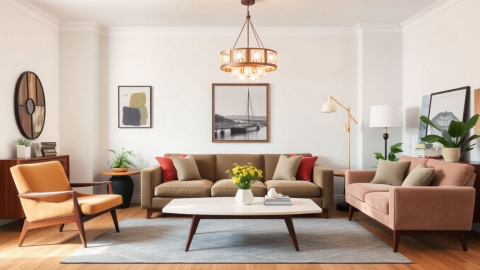Northwest Interior Design: Embracing Nature, Innovation, and Sustainable Living
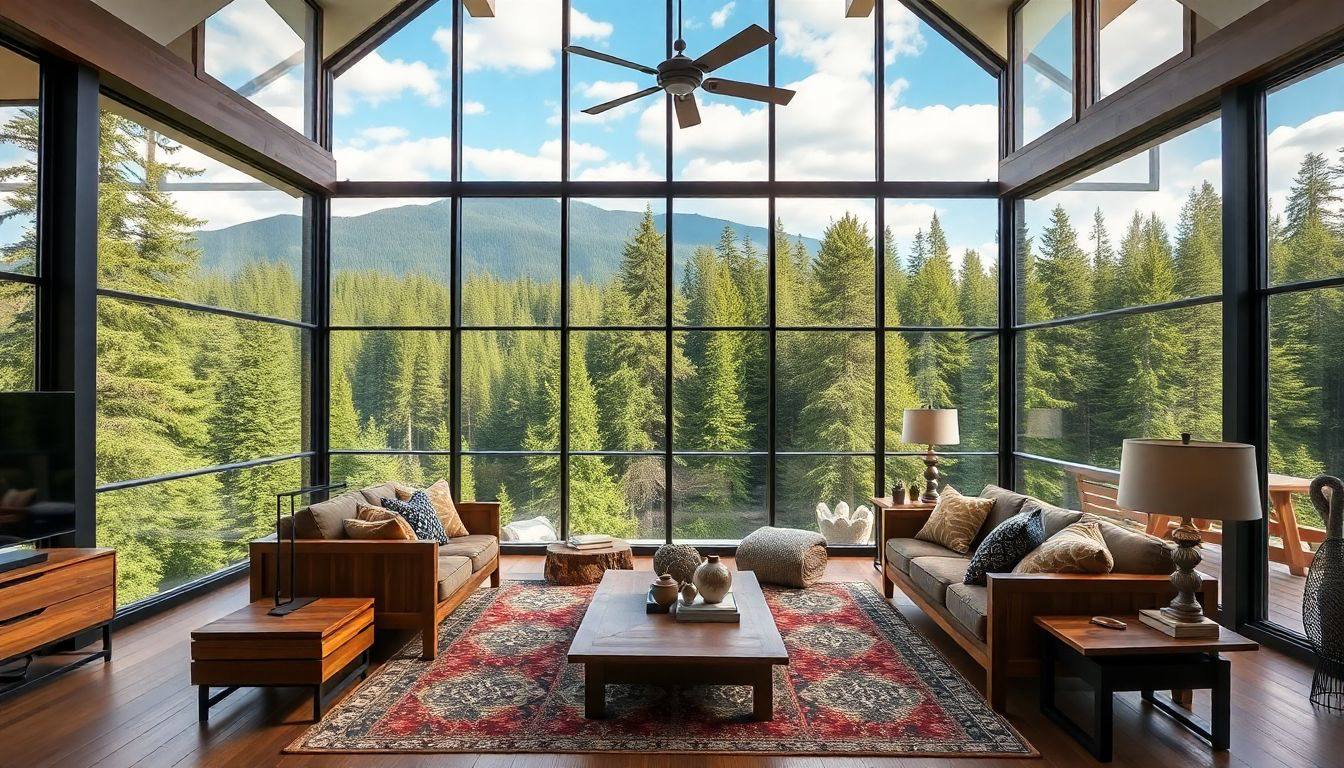
The Pacific Northwest, with its lush forests, dramatic coastlines, and ever-present rain, has long been a source of inspiration for architects and designers. This unique region has given birth to a distinctive style of interior design that seamlessly blends the rugged beauty of the outdoors with modern aesthetics and sustainable practices. Northwest interior design is not just about creating beautiful spaces; it's about crafting environments that reflect the spirit of the region, respect the natural world, and provide a sanctuary for those seeking respite from the fast-paced urban lifestyle.
The Essence of Northwest Design
At its core, Northwest interior design is characterized by a deep connection to nature, an emphasis on functionality, and a commitment to sustainability. This design philosophy is rooted in the region's unique climate and landscape, which have shaped both the architectural practices and the lifestyle of its inhabitants.
Bringing the Outdoors In
One of the most striking features of Northwest design is its ability to blur the lines between indoor and outdoor spaces. Large windows, often floor-to-ceiling, are a hallmark of this style, allowing natural light to flood interiors and offering expansive views of the surrounding landscape. As David Miller, professor and chair of UW's Department of Architecture, notes, "I'd like individuals interested in modernism to recognize the profound impact a site has on its designers and what a magical place the Pacific Northwest is for creating art and place-making."
This connection to nature extends beyond just visual elements. Northwest designers often incorporate natural materials such as wood, stone, and metal into their interiors, creating a tactile link to the outdoors. The use of these materials not only adds warmth and texture to spaces but also reflects the region's rich natural resources.
Embracing Sustainability
Long before "green" design became a global trend, Northwest architects and designers were incorporating sustainable practices into their work. This commitment to environmental stewardship is deeply ingrained in the region's design ethos. From using locally sourced materials to implementing energy-efficient systems, sustainability is not just an afterthought but a fundamental principle of Northwest design.
Architect Arne Bystrom's solar-panel-covered Sun Valley House is a prime example of this innovative approach to sustainability. Even decades after its construction, it remains a testament to the forward-thinking nature of Northwest designers.
Key Elements of Northwest Interior Design
Natural Materials and Textures
The use of natural materials is perhaps the most defining characteristic of Northwest interior design. Wood, in particular, plays a central role, with designers favoring local species such as Douglas fir, cedar, and hemlock. These woods are often left untreated or minimally finished to showcase their natural beauty and grain patterns.
Stone and metal are also frequently used, adding visual interest and durability to interiors. Designers might incorporate river rocks into a fireplace surround or use weathered steel as an accent wall, creating a direct link to the region's rugged landscape.
Neutral Color Palettes with Pops of Color
The color palette of Northwest interiors typically reflects the muted tones of the region's natural environment. Soft grays, warm browns, and deep greens dominate, creating a calm and soothing atmosphere. However, designers aren't afraid to incorporate bold splashes of color, often inspired by the vibrant hues found in local flora and fauna.
Functional and Minimalist Aesthetics
Northwest design embraces a "less is more" philosophy, focusing on clean lines, simple forms, and uncluttered spaces. This minimalist approach not only creates a sense of calm but also allows the natural beauty of materials and landscapes to take center stage.
Furniture pieces are often multifunctional and carefully selected to maximize space without sacrificing comfort. Built-in storage solutions are common, helping to maintain the clean, uncluttered look that is so characteristic of this style.
Innovation and Adaptation in Northwest Design
While Northwest interior design is deeply rooted in tradition, it continues to evolve and adapt to changing needs and technologies. The region's thriving tech industry has had a significant impact on design trends, with many homeowners seeking to incorporate smart home features and cutting-edge materials into their spaces.
The Influence of Technology
The Methow Valley in Washington state offers a fascinating example of how technology and traditional Northwest design can coexist. As reported in The Wall Street Journal, this remote area has become a haven for Seattle's tech elite, who are building modern second homes that blend seamlessly with the rugged landscape. These "cabins," designed by some of Seattle's top architects, feature simple, rustic exteriors that belie their high-tech interiors.
Prefabrication and Modular Design
Another area of innovation in Northwest design is the growing interest in prefabrication and modular construction. This approach not only reduces waste and construction time but also allows for greater precision in design and execution. As Boaz Ashkenazy, a lecturer at the University of Washington's Department of Architecture, explains, "The pre-fab stuff for these five [Northwest School architects] wasn't about the fact that it was pre-fab, it was about building all those trusses themselves, putting it on their cars, taking them out to islands, putting it together themselves."
Challenges and Future Directions
While Northwest interior design continues to thrive and evolve, it also faces several challenges. One of the most pressing issues is the need to balance the desire for modern, glass-walled homes with the imperative to conserve energy and protect natural habitats.
Balancing Openness and Energy Efficiency
The large windows that are so central to Northwest design can pose challenges in terms of energy efficiency, especially in a region known for its cool, rainy climate. Designers and architects are increasingly turning to advanced glazing technologies and innovative shading solutions to maintain the connection to nature while minimizing energy loss.
Preserving Local Character
As the Pacific Northwest continues to attract new residents and businesses, there's a growing concern about preserving the unique character of local communities. Interior designers play a crucial role in this effort by incorporating elements of local history and culture into their work, ensuring that new developments respect and enhance the existing fabric of neighborhoods.
Conclusion: A Living Legacy
Northwest interior design is more than just a style; it's a reflection of a way of life that values connection to nature, sustainability, and innovation. As the region continues to grow and change, its design principles remain as relevant as ever, offering inspiration to those seeking to create spaces that are both beautiful and deeply rooted in place.
The legacy of Northwest design pioneers like Paul Thiry, Wendell Lovett, and Arne Bystrom lives on in the work of contemporary designers who continue to push the boundaries of what's possible. By embracing new technologies and materials while staying true to the core principles of Northwest design, these designers are ensuring that this unique style will continue to evolve and inspire for generations to come.
As we look to the future, Northwest interior design serves as a powerful reminder of the importance of creating spaces that not only meet our functional needs but also nourish our spirits and connect us to the natural world. In an era of increasing urbanization and digital connectivity, the timeless appeal of Northwest design offers a much-needed antidote, inviting us to slow down, reconnect with nature, and find beauty in simplicity.
References and Further Reading
More Articles
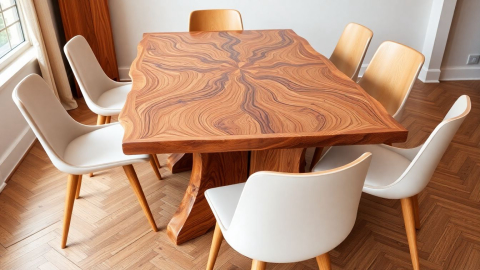
The Artisan's Touch: Elevating Interiors Through Craftsmanship and Design
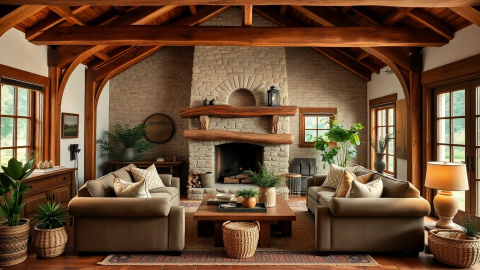
Farmhouse Interior Design: Blending Rustic Charm with Modern Comfort
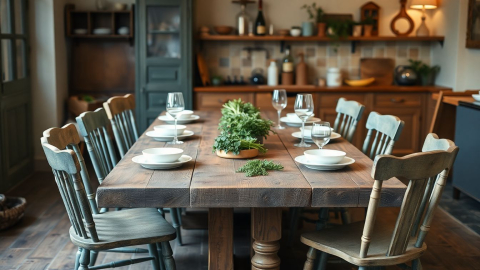
Italian Countryside Interior Design: A Satirical Guide to Rustic Chic
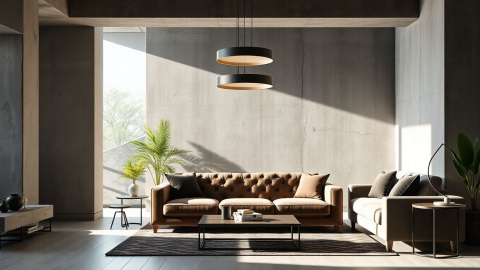
Brutalist Interior Design: From Concrete Jungle to Cozy Haven
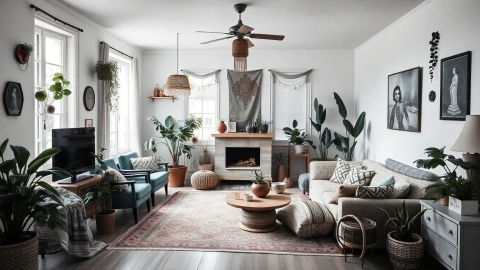
The Art of Bohemian Interior Design: Embracing Free-Spirited Elegance
